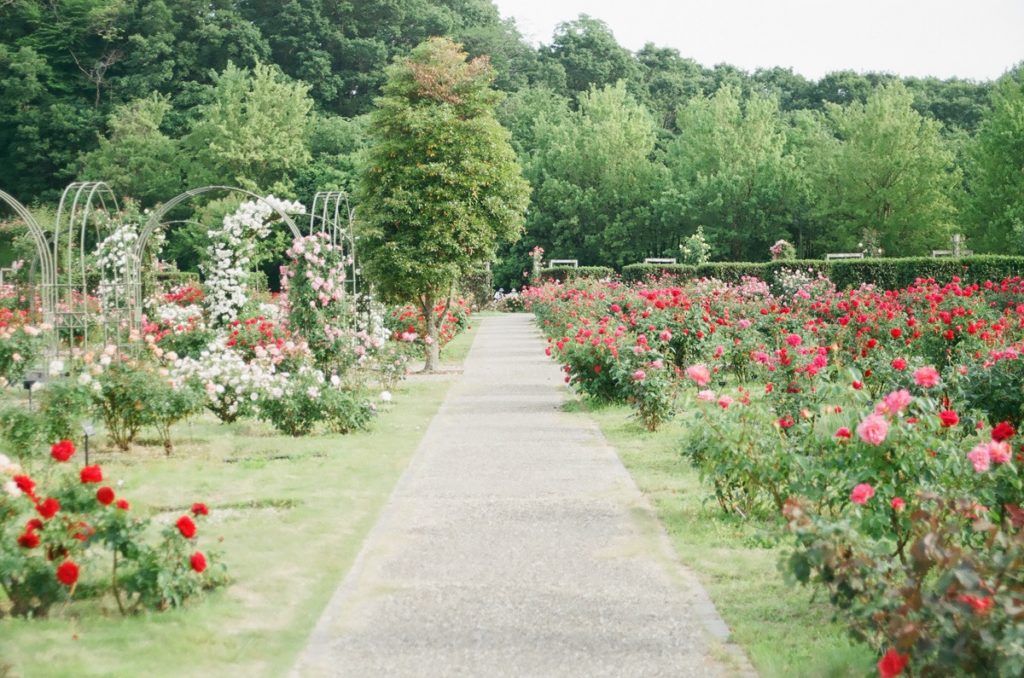Having a greenhouse in your backyard is a great way to extend the growing season. It allows you to grow plants inside a controlled environment all year round. Thus, making sure that your plants are safe from various external factors such as pests and weather.
Although building a greenhouse is daunting, learning about it will make things easier. Aside from installation, maintenance, another factor to consider is the greenhouse materials. There are various greenhouse panel materials available in the market today. These are glass, acrylic, fibreglass, and polycarbonate. To help you learn more about it, we created a list of all the primary materials used in a greenhouse. Below, you can learn about the pros and cons so that you can make the right decision.
Glass
According to The Gardening Channel, glass is a traditional covering material used in most greenhouses. That’s because of its ability to reflect light. On top of that, it’s also aesthetically pleasing when constructed. But it can be expensive to install and frame it. Since it’s fragile, you need to be careful when handling it during construction. It also doesn’t insulate well compared to other materials. So, it tends to lose a lot of heat immediately. A glass greenhouse can also be too hot without proper ventilation. Thus, harming the plants growing inside. It’s also much more challenging and expensive to repair if ever it breaks.
Acrylic
Another popular option for plant enthusiasts is acrylic. It’s durable and tough. So, you can expect that it can withstand almost any weather condition. But using acrylic panels can be very expensive. So, you need to make sure that you save enough budget from getting your greenhouse covered. Acrylic panels are also flexible. Thus, making it easier to mould over your greenhouse’s shallow arcs.
 Polycarbonate
Polycarbonate
For those looking for a more affordable yet durable material, a polycarbonate covering is an excellent option. Roof sheeting suppliers would even agree about its superb insulation and heat retention properties. Although it doesn’t look as good as the other materials on the list, installing it is easy. Even more, installing is accessible on the pockets, too. You can also get polycarbonate panels treated after ten years. Doing so will prevent it from fading and yellowing after a couple of years.
Fibreglass
Fibreglass is an excellent alternative for those who want to use glass for their greenhouse. Although it’s almost identical with glass, fibreglass is much durable. Even more, it can withstand climates much better, too. But what’s excellent about fibreglass panels is its affordability. It’s cheaper compared to glass and even takes little effort to install and replace. However, fibreglass can yellow over time. Thus, making it a challenge to maintain its pristine condition. It’s also flammable, which may cause a problem in the future.
These are only a few of the things that you should consider when choosing a material for your greenhouse. Each material has its pros and cons. So, you need to be smart when choosing one to ensure that it suits your needs.


